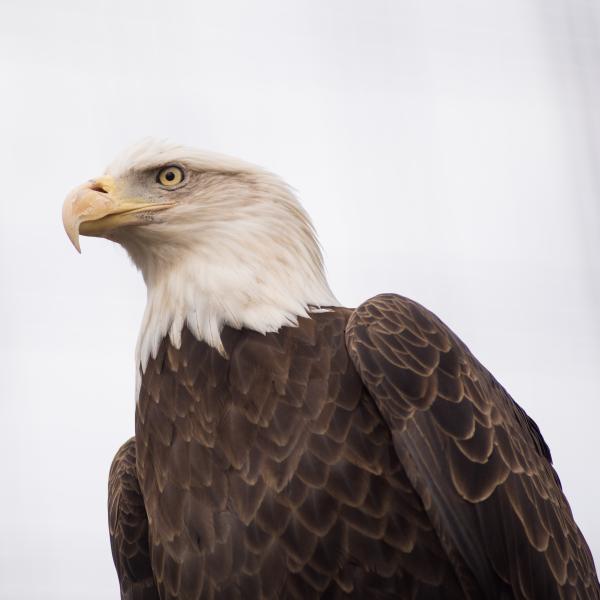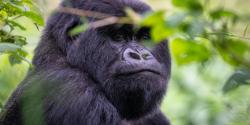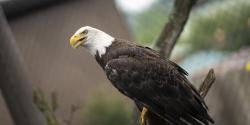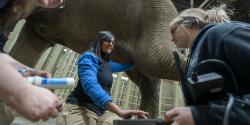In the 20th century, bald eagles were threatened by hunting, habitat destruction, and the use of pesticides. Today, bald eagles are no longer considered endangered and their populations are stable.
Conservation efforts such as banning DDT, a harmful pesticide, have helped increase their populations. Through collective action, people helped these majestic birds come back from the brink of extinction. Historically the Zoo has been a part of releasing eagles to their native ranges, now the Columbus Zoo acts as a refuge to rehabilitated eagles that cannot be released.
Scientific Name: Haliaeetus leucocephalus
Conservation Status: Least Concern
Size: Body length from the top of the head to the tip of the tail feathers measures 34 to 43 in. The impressive wingspan ranges from 5.5 to 7.5 ft.
Weight: 7 to 14 lbs., with females being larger than males
Median Life Expectancy: 16.5 year














